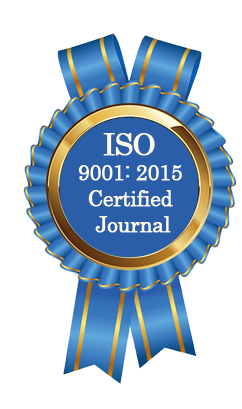| All | Since 2020 | |
| Citation | 105 | 60 |
| h-index | 4 | 4 |
| i10-index | 3 | 2 |
WJAHR Citation 
Login
News & Updation
Best Article Awards
World Journal of Advance Healthcare Research (WJAHR) is giving Best Article Award in every Issue for Best Article and Issue Certificate of Appreciation to the Authors to promote research activity of scholar.
Best Article of current issue
Download Article : Click here
Indexing
Abstract
PREDICTION OF UTERINE ATONICITY OCCURRENCE IN HYPOCALCEMIC PREGNANT
Dimah Ibraheem*, Saura Naiseh and Basel Mohamad
ABSTRACT
Background: uterine atony is one of the leading causes of maternal morbidity and mortality. It is also still an unpredictable emergency in the majority of causes although many risk factors for atonicity have been identified. Moreover, the rate of atonicity is increasing worldwide. Optimum levels of calcium are very important for contraction of uterine muscle. Low levels of serum calcium result in a reduced contraction. Aim: to correlate the serum calcium levels and uterine atonicity. Materials and methods: this was a prospective comparative observational study including 100 pregnant women admitted for vaginal delivery at Tishreen University Hospital, Lattakia, Syria, between April 2022 and April 2023. Participants were divided into two groups, Group 1 (50 subjects): with serum calcium less than . Group 2 (50 subjects): with serum calcium between 8.5 -10.5 mg/dl. The participants were monitored for the following 24 hours for evidence of atonicity. Results: Both groups were comparable with regard to the age, parity, and gestational age. In women with serum calcium less than , 13 patients developed uterine atonicity. In women with serum calcium between 8.5 -10,5mg/dl, only one client developed uterine atonicity. That means uterine atony is more when serum calcium is less than 8.5mg/dl. Moreover, we noticed an increase in the incidence of atonicity and an increase in the severity of bleeding when the degree of calcium deficiency was more severe. Conclusion: This study has shown that low calcium level is strongly associated with uterine atony, hence is a risk factor for uterine atony.
[Full Text Article] [Download Certificate]
